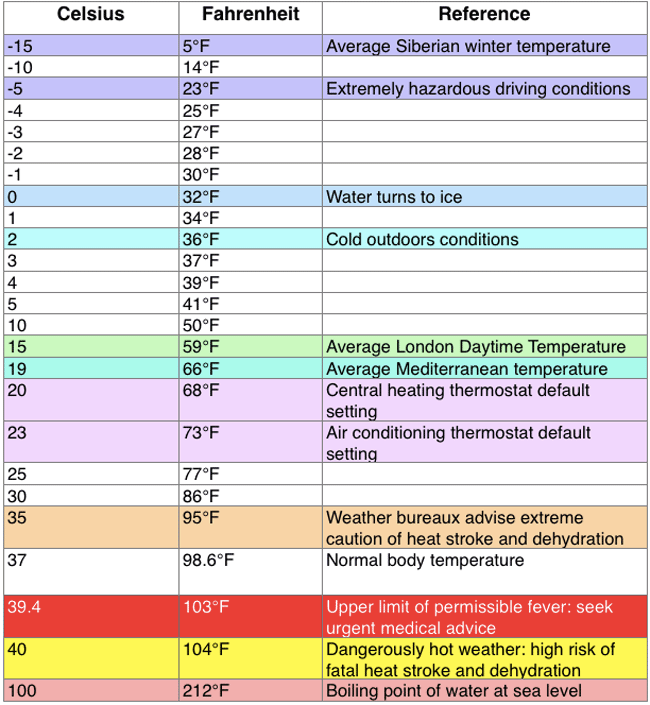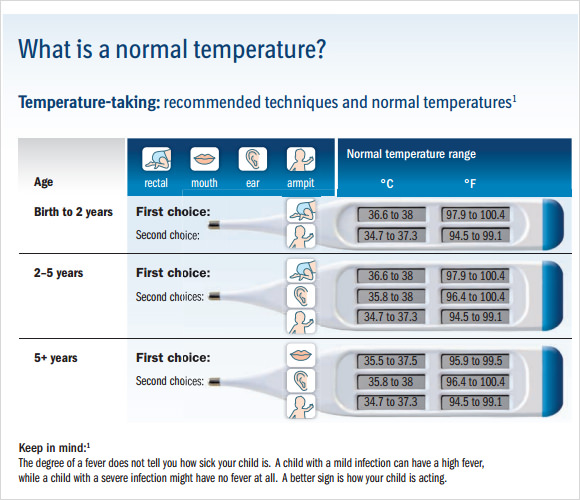38.4C To Fahrenheit: Conversion & What It Means | Learn Now!
Is a reading of 38.4 degrees Celsius a cause for concern? When translated to Fahrenheit, 38.4C equates to 101.12F, a temperature that often signals a fever and warrants attention.
The quest to understand and interpret body temperature is a fundamental aspect of health awareness. We are constantly bombarded with information, from the casual conversations with friends to the precise readings provided by our digital thermometers. But what does it all mean? What are the normal ranges, and when should we be concerned? The answer, as with many things in medicine, is nuanced, requiring an understanding of both Celsius and Fahrenheit scales, along with an appreciation for individual variations.
The human body is a marvel of biological engineering, constantly working to maintain a stable internal environment. A key component of this stability is the regulation of body temperature. This process, called thermoregulation, is a complex interplay of physiological mechanisms designed to keep our core temperature within a narrow range, typically between 36.5C to 37.2C (97.7F to 99.0F) when measured orally. However, this range can fluctuate slightly depending on the individual and the time of day, with lower temperatures often occurring in the morning and higher temperatures in the afternoon.
When we speak of a body temperature of 38.4C, we are entering a different realm. To convert this to Fahrenheit, we can use a simple formula: T(F) = (C 9/5) + 32. Applying this formula to 38.4C, we get (38.4 9/5) + 32 = 101.12F. This temperature, 101.12F, is significantly higher than the normal range and strongly suggests the presence of a fever.
A fever is generally defined as a body temperature of 38C (100.4F) or higher. It's a signal from the body that it's fighting an infection or illness. The degree of the fever, and the accompanying symptoms, can help guide the next steps. A temperature slightly above normal, but below 100.4F (38C), might be considered a low-grade fever and is not always a cause for immediate alarm unless it continues to rise or other symptoms develop. However, a temperature of 38.4C (101.1F) or higher is typically classified as a moderate or high fever, especially in adults.
The elevation in body temperature is the body's way of combating an infection. Many bacteria and viruses cannot thrive in a higher temperature environment. However, prolonged high fevers can be dangerous. If a fever exceeds 104F (40C), it is crucial to seek medical attention promptly. Extreme fevers can lead to complications such as dehydration, seizures, and in rare cases, brain damage.
The conversion between Celsius and Fahrenheit is a daily requirement in the realm of health. We can use the formula: T(F) = (C 9/5) + 32, to calculate that 0 degrees Celsius is equal to 32 degrees Fahrenheit. To illustrate, if we take the previously mentioned temperature of 38.4C, and put it in the same formula, we get 101.12 F. Inversely, if one needs to translate a Fahrenheit temperature to Celsius, the formula will look like: T(C) = (F - 32) 5/9. For example, 100.4F, which marks the threshold of fever, translates to 38C.
While a temperature of 38.4C (101.1F) is a strong indicator of fever, it's essential to consider other symptoms. Are there any aches or pains? Is there a cough, runny nose, or sore throat? Are there any gastrointestinal issues such as nausea, vomiting, or diarrhea? These additional symptoms can help in determining the potential cause of the fever, be it a common cold, the flu, or something more serious.
There are different levels of fever severity, which can provide further context to the situation. Temperature measurements between 37.3C to 38.0C (99.1F to 100.4F) when measured orally may be slightly above normal, while anything from 38.1C (100.5F) or higher would indicate a higher than average, elevated body temperature. In some cases, particularly if there are any concerns, medical advice is recommended.
Before you become too concerned with 38.4C, let's consider some further points. Body temperature isn't a fixed thing; It fluctuates throughout the day, and varies from person to person. For example, there is the normal body temperature range, 36.5c to 37.2c (97.7f to 99.0f), which is common when measured orally. Some people might run a little warmer or cooler than the generally accepted norm. That's why it's important to know your own baseline temperature. As such, having a temperature of 38.4c (101.1f) is considered high.
One of the most important steps in dealing with a temperature of 38.4C is to understand its significance. While any temperature that goes beyond the normal range of temperatures can be considered a fever, it's essential to gauge your symptoms. Are you experiencing any chills? The presence of chills often indicate that the body is attempting to raise its core temperature, to fight against something. The person may experience excessive sweating. Also, its important to monitor any pain or discomfort.
If a temperature of 38.4C is accompanied by other concerning symptoms, it is best to consider professional help. Furthermore, any fever that persists for more than a few days, or that rapidly increases, requires medical evaluation. Such symptoms indicate the possibility of a serious infection, such as bacterial infection, or even a more dangerous disease.
It's also important to take care of your body when you are sick with a fever. Staying hydrated is absolutely essential. Drink plenty of water, clear broths, or electrolyte-rich beverages. Adequate rest allows your body to focus its energy on fighting the illness. Avoid strenuous activities that can further elevate your body temperature.
Taking a temperature of 38.4C or 101.1F is a clear signal of potential health issues. The most important thing to note is what should be done next. Keep an eye out for any new or worsening symptoms. Consider calling your doctor to seek medical advice. In the meantime, drink fluids, stay rested, and keep monitoring the temperature.
We must always take steps to protect ourselves and promote our wellbeing. By understanding the meaning of body temperature readings and taking the appropriate action we can maintain our health and be ready for the unexpected.
| Parameter | Details |
|---|---|
| Celsius Temperature | 38.4C |
| Fahrenheit Equivalent | 101.12F |
| Normal Body Temperature Range (Oral) | 36.5C to 37.2C (97.7F to 99.0F) |
| Fever Threshold | 38C (100.4F) or higher |
| Low-Grade Fever | Slightly above normal, not always a cause for worry |
| Moderate to High Fever | Typically 38.1C (100.5F) or higher |
| Medical Advice Recommended | For temperatures exceeding 38.4C (101.1F), if symptoms worsen, or if fever persists |
| Important Action | Monitor symptoms, stay hydrated, rest, and seek medical advice if concerned. |
For more detailed information, please refer to the following resources:
Mayo Clinic: Fever


